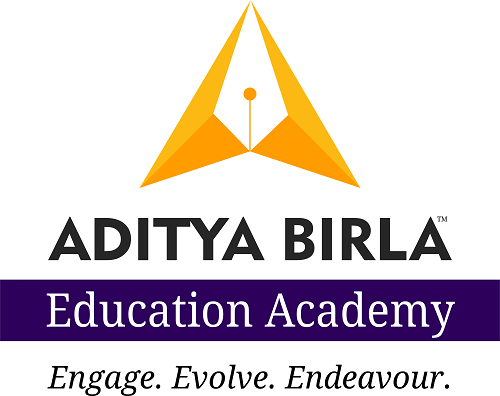We must accept the fact that the Pandemic and the Lockdown have nudged every educational institution, teacher, and student around the world to understand the power of digital tools. Digital tools have helped us continue the teaching and learning process though in-person classes were not possible during the pandemic. As a result, everybody has become accustomed to this new way of learning, i.e. using digital platforms for a blended learning approach. Now that teachers and students have adopted this new normal of using Digital Tools to teach and learn, why should it be discontinued? However, we can focus on these blended classroom tools for our post-pandemic classrooms.
International Teacher Training Academies have incorporated into their curriculum the concept of Blended Learning, where face-to-face learning is mixed with virtual learning using the vast repository of tools that were created or that have evolved during the pandemic.
We can categorize Blended Learning Tools as follows:
Learning Management System (LMS):
Google Classroom, Blackboard, Moodle, etc.
An LMS is a platform to deliver content and assignments to the learners.
Simulations and Video Lessons:
PhET, BrainPOP, Youtube, Vimeo, etc.
By using simulations, abstract concepts can be taught with visuals and animations.
By using videos, lectures can be recorded and used as an effective learning medium.
Formative Assessment Tools:
Google Forms, Kahoot, Pear Deck, etc.
These Formative assessment tools help teachers gauge student understanding of the concepts taught and fix gaps during the teaching and learning process.
Gamification Tools (Educational Games):
Minecraft , Classcraft, ClassDojo, etc.
There are many popular gamification platforms some of which are listed above. These platforms bring the game feel into the learning process, where there are levels, bonuses, lives, penalties, etc. to motivate students to play more to learn more through these blended learning tools.
Digital Badges:
Google for Education - Certified Educator, Certified Trainer, Adobe Creative Educator, Nearpod Certified Educator, etc.
Digital Badges are great motivation for learners to achieve badges as rewards for the courses completed. These badges prove the achievements earned and can be displayed on various digital platforms.
Case Studies:
Google Slides, Google Sites, Powerpoint, Weebly, etc.
Students can present case studies using various presentation apps and tools.
Teachers can mix the above-mentioned digital tools with face-to-face interactions to create effective blended learning. It is the new normal today.
Now let’s have a look at these blended teaching methods:
Flipped Classroom:
Teachers send material through the LMS for students to read, listen, watch, and/or research and come prepared to the physical classroom to share their findings/understanding of the topic.
Face-to-Face Classroom:
Teachers explain, train, and give instructions to students in a physical classroom setting, and assign digital assessments to be completed subsequently.
Mixed Rotational Classroom:
Here the students are expected to go through a flipped classroom and a face-to-face classroom in mixed rotation as per a pre-defined schedule.
Differentiated Learning:
Using blended teaching methods, teachers can design personalized differentiated lessons, worksheets, and assignments for individual students or groups of students.
In this post-pandemic classroom setting , blended learning tools have increased knowledge retention, flexibility in delivering instructions, customizable content and assignments, self-paced learning, and cost-cutting.
Also read -







